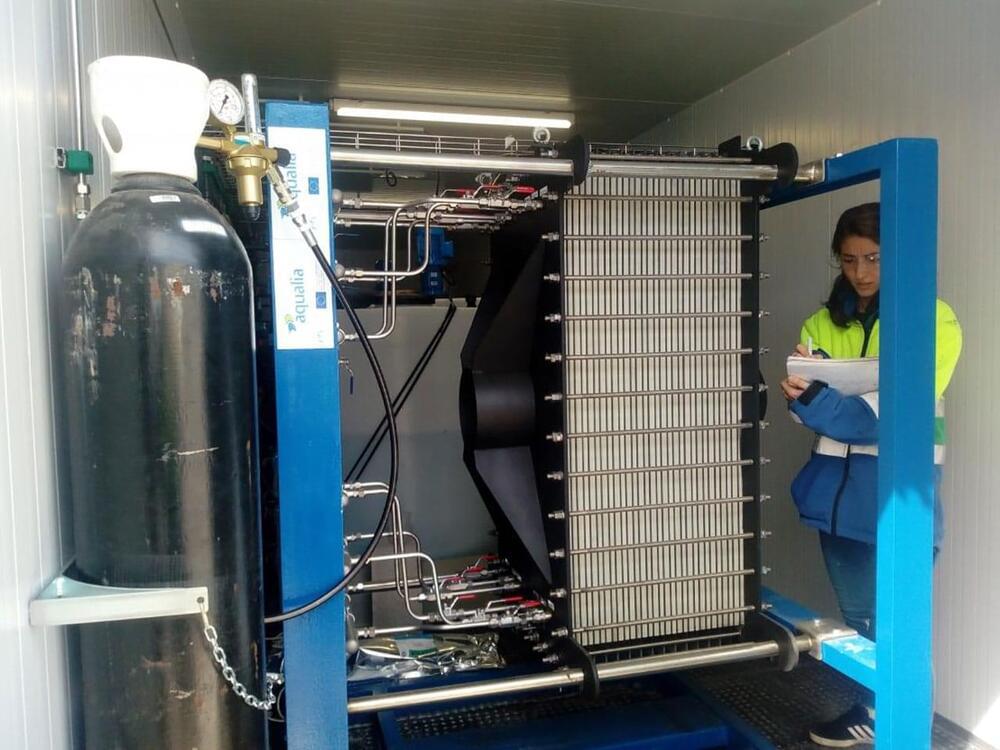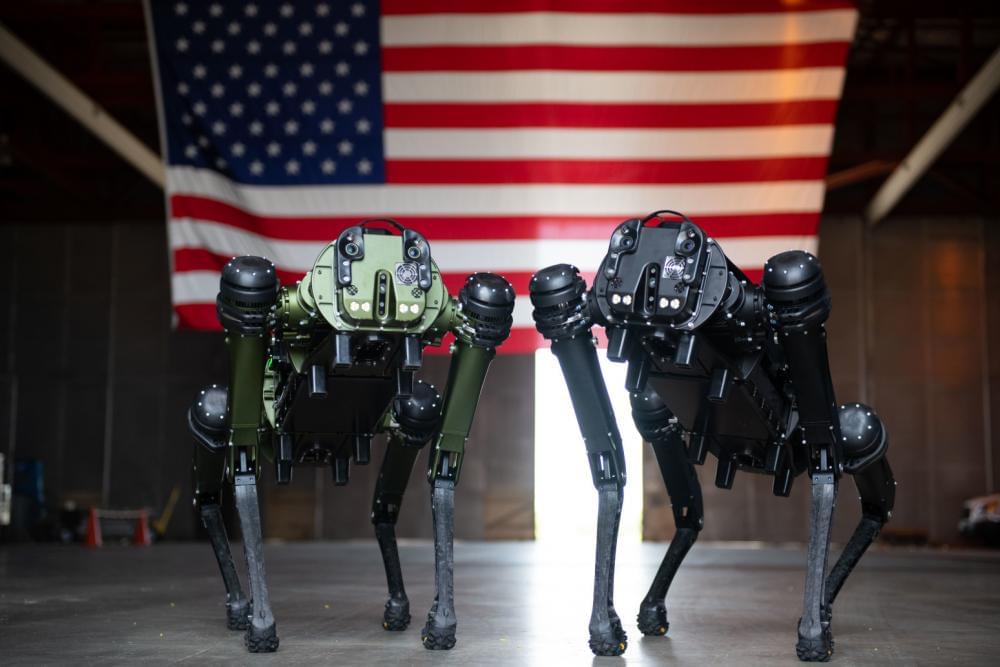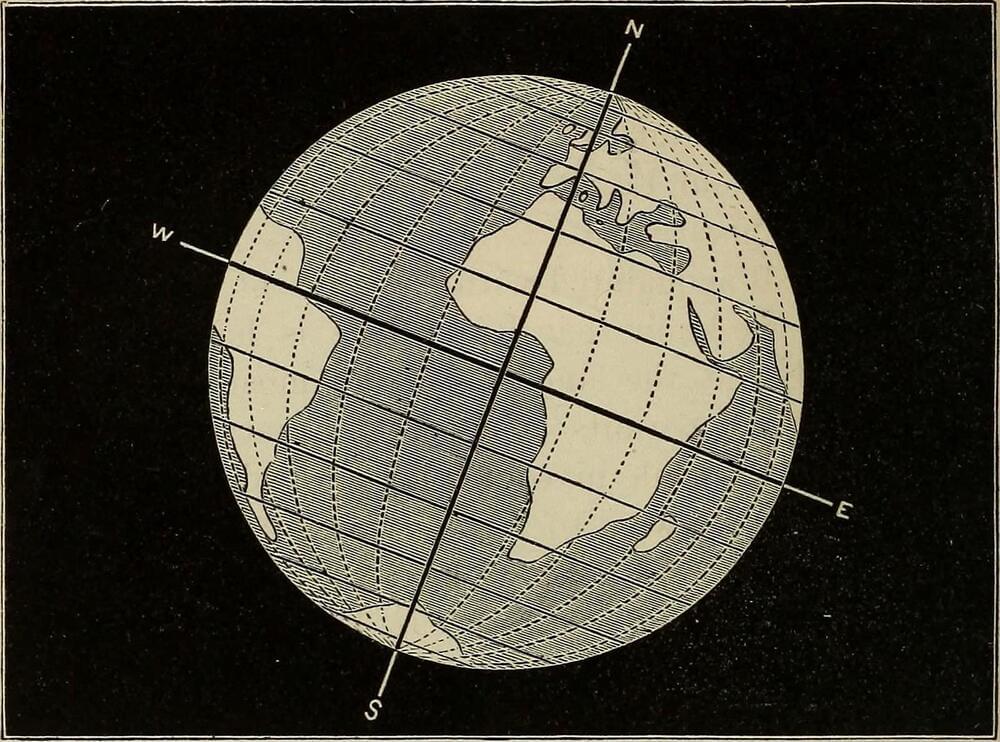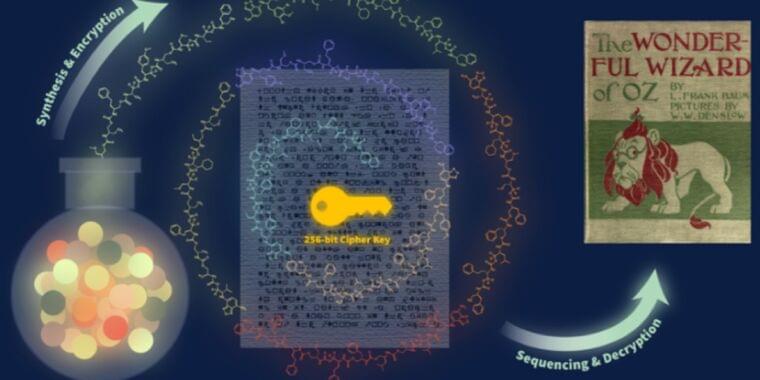Aug 10, 2022
Off-grid desalination system Wave2O is ready to quench the world’s thirst
Posted by Shubham Ghosh Roy in categories: security, sustainability
Water scarcity is a major global crisis that already affects every continent. Around 1.2 billion people, or almost one-fifth of the world’s population, lack access to safe drinking water. Desalination is the answer to long-term water security, but it’s also expensive, energy-intensive, and often inaccessible to isolated regions. This is why sustainable off-grid desalination systems powered by renewable energy are essential.
But thanks to the innovative microbial desalination cell (MDC) technology that follows a green, low-energy process with electro-active bacteria to desalinate and sterilize seawater, desalination is becoming a viable low-cost solution for water resources in many areas of the world and is putting an end to water scarcity even in isolated regions.
Now, researchers from the EU-funded W20 project have developed an off-grid innovative solution – the world’s first wave-driven desalination system – called Wave2O. The new system can be deployed quickly, operate completely off-grid, and supply large quantities of fresh water at a competitive cost. The technology uses the power of the ocean waves, a consistent and inexhaustible renewable energy source.


















